Home>Garden Essentials>What Is The Best Grass Seed For Sandy Soil
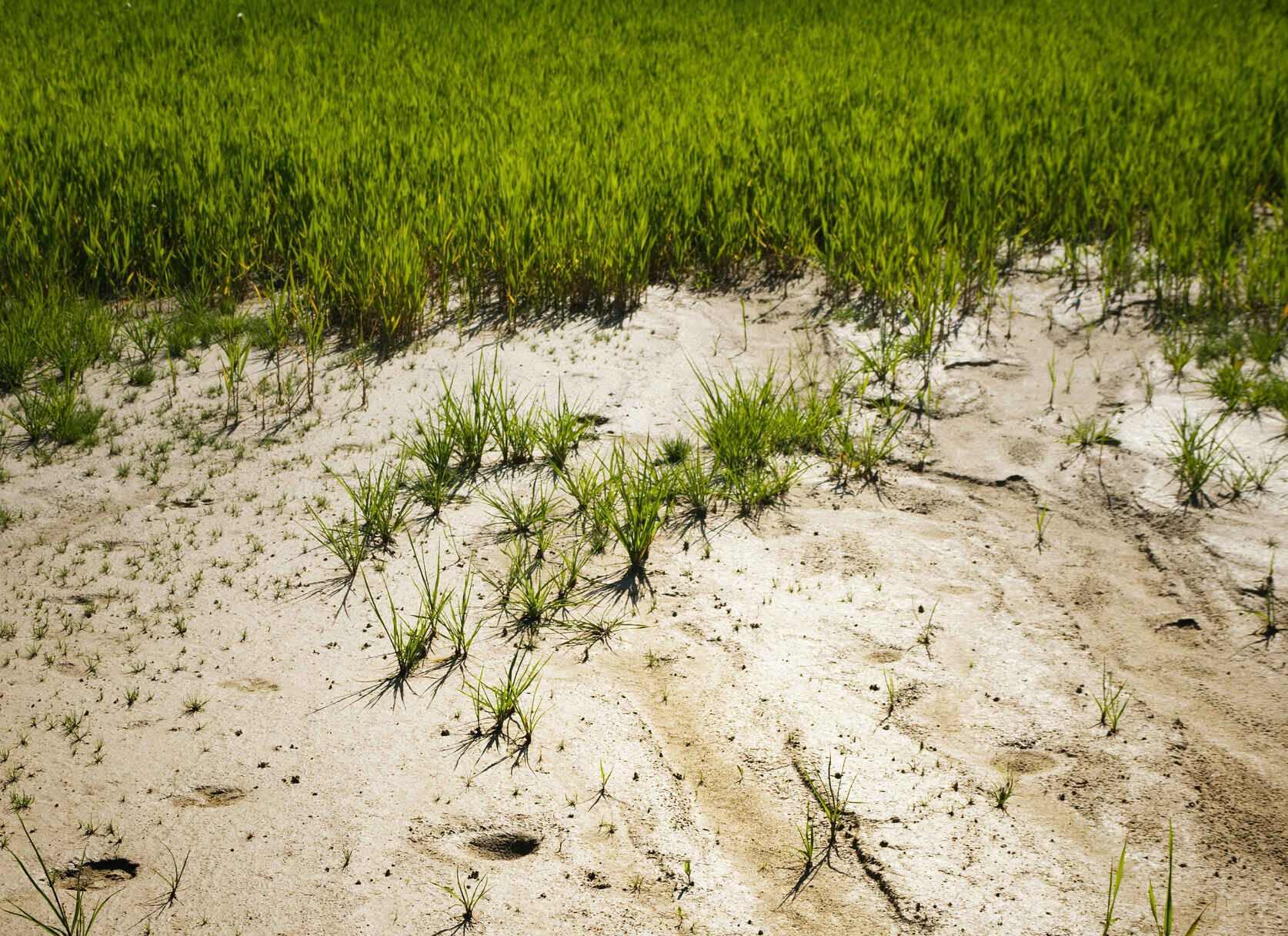

Garden Essentials
What Is The Best Grass Seed For Sandy Soil
Modified: April 23, 2024
Looking for the best grass seed for sandy soil in your garden? Discover our top recommendations for a lush and thriving lawn in sandy conditions.
(Many of the links in this article redirect to a specific reviewed product. Your purchase of these products through affiliate links helps to generate commission for Storables.com, at no extra cost. Learn more)
Introduction
When it comes to gardening, soil plays a crucial role in the success of your plants and the overall health of your garden. Sandy soil, characterized by its coarse texture and excellent drainage, presents unique challenges to gardeners. However, with the right knowledge and selection of grass seed, you can transform your sandy soil into a lush and thriving lawn.
Understanding the characteristics of sandy soil is the first step in choosing the best grass seed for your needs. Sandy soil contains a high percentage of sand particles, which creates larger pore spaces between the soil particles. This results in rapid water drainage, making it difficult for the soil to retain moisture and nutrients. Additionally, sandy soil tends to be low in organic matter, nutrients, and microbial activity, which can hinder plant growth.
When selecting grass seed for sandy soil, several factors should be taken into consideration. It’s essential to choose grass varieties that are resilient in dry and sandy conditions. These grasses should have deep root systems to access water and nutrients from deeper soil layers. Additionally, the grass seed should have good drought tolerance, disease resistance, and the ability to withstand foot traffic.
In this article, we will explore the best grass seed varieties specifically suited for sandy soil. Each of these grass types has unique features that make them ideal for growing in sandy conditions. By choosing the right grass seed and following proper planting and maintenance techniques, you can transform your sandy soil into a vibrant and healthy lawn.
Key Takeaways:
- Choose grass seed varieties like Bermuda grass and Zoysia grass for sandy soil. They have deep roots and drought tolerance, making them ideal for transforming sandy soil into a lush lawn.
- Prepare sandy soil by adding organic matter and choose low-maintenance grass varieties like Centipede grass and Buffalograss. With proper care, you can create a beautiful and resilient lawn in sandy soil.
Read more: What Grass Grows In Sandy Soil
Understanding Sandy Soil
Before diving into the best grass seed varieties for sandy soil, it is crucial to understand the characteristics of this type of soil. Sandy soil is composed of larger particles, primarily sand, which gives it a gritty texture. It drains water quickly due to its loose structure, which can be both a blessing and a challenge for gardeners.
One of the key features of sandy soil is its excellent drainage. Water infiltrates sandy soil easily, preventing excessive water accumulation and reducing the risk of root rot and fungal diseases. This is particularly beneficial in areas with heavy rainfall or in regions prone to flooding.
However, the rapid drainage of sandy soil also means that it struggles to retain moisture and nutrients. Water flows through the soil quickly, washing away essential nutrients, which can lead to nutrient deficiencies in plants. The low water-holding capacity of sandy soil poses a significant challenge for gardeners, as it requires frequent watering to ensure that plants receive adequate moisture.
Moreover, sandy soil tends to have low organic matter content. Organic matter plays a vital role in soil fertility, moisture retention, and nutrient availability. Its absence in sandy soil means that it lacks the necessary nutrients and microorganisms required for optimal plant growth.
As a result of these characteristics, sandy soil requires special attention and care to create a healthy and thriving garden. Proper soil preparation, amendment with organic matter, and careful selection of plants suited to sandy conditions are all essential factors to consider when working with this soil type.
Factors to Consider when Choosing Grass Seed
When selecting grass seed for sandy soil, it is important to consider several factors to ensure successful establishment and growth. These factors will help you choose a grass variety that is well-suited for the unique characteristics of sandy soil. Here are the key factors to consider when choosing grass seed:
- Drought Tolerance: Sandy soil drains water quickly, making it prone to drought conditions. Look for grass seed varieties that have excellent drought tolerance and can withstand periods of limited water availability.
- Traffic Tolerance: If your lawn receives heavy foot traffic, choose grass seed that can handle it. Sandy soil is typically not as compact, so grass varieties with good traffic tolerance will be able to withstand the wear and tear.
- Low Nutrient Requirements: Sandy soil tends to be low in nutrients, so choosing grass seed that has lower nutrient requirements can help alleviate nutrient deficiencies. Look for grass varieties that are adaptable to nutrient-poor soil conditions.
- Disease Resistance: Certain grass varieties have better resistance to common diseases that can affect sandy soil. Choose grass seed that has good disease resistance, as it can help maintain a healthy and thriving lawn.
- Root Depth: Deep-rooted grass varieties are better suited for sandy soil as they can reach deeper layers to access water and nutrients. Look for grass seed with deeper root systems to ensure optimal growth and survival.
- Climate Adaptability: Consider the climate in your region when selecting grass seed. Different grass varieties thrive in different climates, so choose a variety that will thrive in your specific growing zone.
- Seed Mixture: Some grass seed blends are specifically formulated for sandy soil. These mixtures often contain a mix of grass varieties that are known to perform well in sandy conditions. Consider using a seed mixture to enhance the resilience and overall appearance of your lawn.
By considering these factors, you can select grass seed that is well-suited for sandy soil and maximize your chances of establishing a healthy and thriving lawn. Consulting with local experts or nurseries can also provide valuable insights and recommendations for grass seed varieties that perform well in your specific region.
Best Grass Seed Varieties for Sandy Soil
Choosing the right grass seed varieties is crucial for achieving a lush and healthy lawn in sandy soil. Here are some of the best grass seed varieties that are well-suited for sandy soil conditions:
- Bermuda Grass: Bermuda grass is a warm-season grass that thrives in hot and sunny conditions. It has excellent drought tolerance and can handle the fast-draining nature of sandy soil. Bermuda grass establishes quickly and forms a dense turf, making it ideal for high-traffic areas.
- Zoysia Grass: Zoysia grass is another warm-season grass that thrives in sandy soil. It has a deep root system that allows it to withstand drought and efficiently utilize water and nutrients from deeper soil layers. Zoysia grass is also known for its exceptional tolerance to heat and foot traffic.
- Kentucky Bluegrass: Kentucky bluegrass is a cool-season grass that can tolerate sandy soil with proper care and maintenance. It requires adequate irrigation and regular fertilization to thrive in sandy conditions. However, Kentucky bluegrass offers excellent wear tolerance and a dense, attractive appearance.
- Tall Fescue: Tall fescue is a cool-season grass that performs well in sandy soil. It has a deep root system that allows it to access moisture and nutrients from deeper soil layers. Tall fescue offers good drought tolerance and can handle moderate foot traffic.
- Centipede Grass: Centipede grass is a warm-season grass that is well-adapted to sandy soil. It has a low nutrient requirement and can tolerate acidic soil conditions. Centipede grass forms a dense and attractive lawn, making it a popular choice for sandy soil regions.
- Bahiagrass: Bahiagrass is a warm-season grass that thrives in sandy and infertile soil conditions. It offers good drought tolerance and wear resistance, making it suitable for sandy soil areas with high foot traffic.
- Seashore Paspalum: Seashore paspalum is a salt-tolerant grass variety that is ideal for coastal areas with sandy soil. It has excellent drought and salt tolerance, making it a perfect choice for sandy soil close to the ocean.
- Buffalograss: Buffalograss is a warm-season grass that is well-adapted to sandy soil conditions. It has excellent drought tolerance and low water requirements. Buffalograss forms a low-growing, dense turf that requires minimal maintenance.
- St. Augustine Grass: St. Augustine grass is a warm-season grass that can tolerate sandy soil with proper care. It has excellent shade tolerance and can form a lush and dense lawn in sandy areas that receive partial shade.
These grass seed varieties have proven to perform well in sandy soil conditions. However, it is important to note that proper soil preparation, irrigation, fertilizer application, and ongoing maintenance practices are essential for their success. Consulting with local experts or nurseries can provide further guidance on selecting the right grass seed varieties for your specific region and conditions.
Bermuda Grass
Bermuda grass (Cynodon dactylon) is a warm-season grass that is highly recommended for sandy soil conditions. It is known for its excellent drought tolerance, rapid growth, and ability to establish a dense and resilient turf.
One of the key advantages of Bermuda grass is its ability to withstand the fast-draining nature of sandy soil. Its deep root system allows it to access water and nutrients from deeper soil layers, making it more resilient during periods of drought. Bermuda grass also has a rapid growth rate, allowing it to fill in bare areas quickly and outcompete weeds.
In addition to its drought tolerance, Bermuda grass is also highly resistant to foot traffic and wear. Its dense and vigorous growth habit makes it an ideal choice for high-traffic areas such as sports fields or active yards. Its ability to withstand heavy use without significant damage is a major advantage.
When establishing Bermuda grass in sandy soil, it is recommended to plant it from seed or sod during the warm months of the year when soil temperatures are consistently above 65°F (18°C). Once established, Bermuda grass requires regular mowing and proper irrigation. Sandy soil may require more frequent watering to ensure that the grass receives adequate moisture.
It is important to note that Bermuda grass can become invasive if not properly maintained. Regular mowing and proper edging are essential to keep the grass under control and prevent it from encroaching into flower beds or neighboring areas.
In summary, Bermuda grass is an excellent choice for sandy soil due to its drought tolerance, rapid growth, and resilience to foot traffic. Its deep root system helps it thrive in sandy conditions, and its dense growth habit creates a beautiful and robust lawn. With proper care and maintenance, Bermuda grass can transform your sandy soil into a lush and thriving outdoor space.
Read more: What Grass To Plant In Sandy Soil
Zoysia Grass
Zoysia grass (Zoysia spp.) is another warm-season grass that is well-suited for sandy soil conditions. It offers numerous benefits, including excellent drought tolerance, low maintenance requirements, and the ability to form a dense, attractive lawn.
One of the standout features of Zoysia grass is its deep root system, which allows it to access water and nutrients from deep within the soil. This deep rooting helps Zoysia grass withstand drought conditions and makes it highly adaptable to sandy soil with its fast-draining properties.
Zoysia grass also exhibits remarkable resilience to foot traffic and wear. Its dense growth habit and ability to recover quickly from damage make it an ideal choice for areas with high foot traffic, such as lawns, golf courses, and sports fields.
In addition to its durability, Zoysia grass has a lush and attractive appearance. Its fine-textured blades create a dense turf that can withstand various environmental stressors, including sandy soil conditions. Zoysia grass also exhibits good tolerance to heat and can maintain its green color even in hotter climates.
Establishing Zoysia grass in sandy soil can be done through seeding or sodding. It is important to note that Zoysia grass has a slower growth rate compared to other warm-season grasses, so patience is required during the establishment phase. Once established, Zoysia grass requires minimal maintenance, including regular mowing and adequate watering, especially in sandy soil where water retention can be a challenge.
While Zoysia grass performs well in sandy soil conditions, it can become invasive if not properly maintained. Regular edging is essential to prevent it from encroaching into neighboring areas, such as flower beds or sidewalks.
In summary, Zoysia grass is a fantastic choice for sandy soil due to its deep root system, drought tolerance, and ability to withstand foot traffic. Its attractive appearance and low maintenance requirements make it a popular option for sandy soil regions. By choosing Zoysia grass and implementing proper care and maintenance practices, you can create a lush and beautiful lawn in your sandy soil garden.
Kentucky Bluegrass
Kentucky bluegrass (Poa pratensis) is a cool-season grass that can tolerate sandy soil conditions when given proper care and maintenance. It is known for its dense growth, desirable appearance, and ability to repair itself through rhizomes and tillers.
While Kentucky bluegrass is often associated with fertile and well-drained soils, it can still thrive in sandy soil with the right approach. Sandy soil tends to have low nutrient content, so it is important to enrich the soil with organic matter and regularly fertilize the lawn to ensure the grass receives the necessary nutrients for optimal growth.
In sandy soil, Kentucky bluegrass may require more frequent watering compared to other grass varieties. Sandy soil drains water quickly, which means that regular irrigation is essential to prevent the grass from drying out. Deep watering is recommended to encourage deep root growth and enhance the grass’s ability to access water from the deeper soil layers.
One of the advantages of Kentucky bluegrass in sandy soil is its ability to form a dense and attractive turf. It creates a lush, green carpet-like appearance that is aesthetically pleasing. It also offers good wear tolerance and can handle moderate foot traffic, making it suitable for lawns and recreational areas.
Establishing Kentucky bluegrass in sandy soil can be done through seed or sod. Proper soil preparation, including tilling and amendment with organic matter, will help improve the soil structure and water-holding capacity. It is also important to select a Kentucky bluegrass variety that is specifically adapted to sandy soil conditions.
Regular mowing is necessary to maintain the desired height and appearance of Kentucky bluegrass. It is recommended to mow at a height of 2.5 to 3 inches to promote a strong and healthy root system.
In summary, although Kentucky bluegrass is typically associated with fertile soil, it can still thrive in sandy soil with proper care and maintenance. By enriching the soil, ensuring adequate irrigation, and regular fertilization, Kentucky bluegrass can form a dense and attractive lawn in sandy soil conditions.
Tall Fescue
Tall fescue (Festuca arundinacea) is a cool-season grass that performs exceptionally well in sandy soil conditions. It is known for its deep root system, drought tolerance, and ability to withstand various environmental stressors.
One of the standout features of tall fescue is its deep rooting ability. Its extensive root system allows it to access moisture and nutrients from deeper soil layers, making it well-suited for sandy soil with its fast-draining properties. The deep roots also contribute to its excellent drought tolerance, enabling it to survive and remain green during dry periods.
Tall fescue is highly adaptable to different soil types, including sandy soil, making it a popular choice for lawns, parks, and sports fields in regions with sandy soil. Its coarse texture and deep green color contribute to its attractive appearance.
In addition to its drought tolerance, tall fescue exhibits good wear and traffic tolerance. It can handle moderate foot traffic and recover quickly from damage, making it suitable for lawns that receive regular use.
When establishing tall fescue in sandy soil, it is recommended to plant it from seed during the cool season when soil temperatures are around 50 to 65°F (10 to 18°C). Adequate soil preparation, including loosening the soil and incorporating organic matter, will improve the soil structure and moisture-holding capacity.
Proper irrigation is crucial for the establishment and maintenance of tall fescue in sandy soil. Sandy soil tends to drain water quickly, so frequent watering is necessary to ensure the grass receives adequate moisture. Deep and infrequent watering is recommended to promote deep root growth and minimize water loss through evaporation.
Tall fescue requires regular mowing to maintain an optimal height. It is generally recommended to mow tall fescue at a height of 3.5 to 4.5 inches to promote a healthy root system and improve its ability to compete with weeds.
In summary, if you have sandy soil, tall fescue is an excellent grass seed choice. Its deep rooting ability, drought tolerance, and wear resistance make it well-suited for sandy soil conditions. With proper care and maintenance, tall fescue can transform your sandy soil into a thriving and attractive lawn.
When choosing grass seed for sandy soil, look for varieties that are drought-tolerant and have deep root systems, such as Bermuda grass or Zoysia grass. These types of grasses will thrive in sandy soil conditions.
Centipede Grass
Centipede grass (Eremochloa ophiuroides) is a warm-season grass that is highly suitable for growing in sandy soil. It is known for its low-maintenance requirements, low fertility needs, and ability to tolerate acidic soil conditions often found in sandy soil.
One of the main advantages of centipede grass in sandy soil is its ability to thrive in low-nutrient environments. Sandy soil is typically low in organic matter and nutrients, but centipede grass has adapted to these conditions by developing a low nutrient requirement. This means that it doesn’t need frequent fertilization, making it an economical choice for those looking to reduce maintenance costs.
Centipede grass grows in a low, dense mat-like formation, which creates a uniform and attractive lawn. Its coarse-textured blades have a light green color that can add a unique aesthetic to your landscape. Centipede grass has good tolerance to heat and exhibits excellent drought resistance, making it an ideal choice for sandy soil regions.
Another benefit of centipede grass is its adaptability to acidic soil conditions. Sandy soil can often be more acidic, but centipede grass can tolerate a pH range of 5.0 to 6.0. This makes it an excellent choice for areas where acidic soil is prevalent.
Establishing centipede grass in sandy soil is typically done through seed, sprigs, or plugs. It is important to prepare the soil properly by removing debris, incorporating organic matter, and ensuring proper drainage. Centipede grass has a relatively slow growth rate, so patience is required during the establishment phase.
Centipede grass has a moderate growth rate and requires less mowing compared to other grass varieties. It is recommended to mow centipede grass at a height of around 1.5 to 2.5 inches to maintain its dense and attractive appearance.
In summary, centipede grass is an excellent choice for sandy soil due to its low-maintenance requirements, low fertility needs, and tolerance to acidic conditions. Its ability to thrive in low-nutrient environments and drought-resistant nature make it an economical and visually appealing option for sandy soil regions.
Read more: What Kind Of Grass Grows Best In Sandy Soil
Bahiagrass
Bahiagrass (Paspalum notatum) is a warm-season grass that thrives in sandy soil conditions. It is well-adapted to low-nutrient soils and has excellent drought tolerance, making it an ideal choice for sandy soil areas with minimal maintenance requirements.
One of the key advantages of bahiagrass is its ability to tolerate infertile soils, such as sandy soil. Bahiagrass can thrive in the nutrient-poor conditions commonly found in sandy soil, reducing the need for frequent fertilization. This makes it a cost-effective option for homeowners looking to minimize lawn care expenses.
Another standout feature of bahiagrass is its exceptional drought tolerance. Sandy soil tends to drain water quickly, but bahiagrass has deep roots that allow it to access moisture from deeper soil layers. This enables the grass to withstand dry periods and maintain its green appearance even in the face of limited water availability.
Bahiagrass has a moderately coarse texture and forms a dense, low-growing turf. It is not as dense as some other grass varieties, which allows for good air circulation, reducing the risk of disease development. Its medium-green color adds a natural and attractive look to your lawn.
When establishing bahiagrass in sandy soil, it is typically done through seed or sprigging. Soil preparation is crucial to ensure optimal results, and it may involve removing debris, tilling, and incorporating organic matter. Bahiagrass has a moderate growth rate, so patience is required during the establishment process.
Mowing requirements for bahiagrass are relatively low. It grows at a slower rate compared to other grasses, so infrequent mowing is sufficient to maintain its desired height. It is recommended to mow bahiagrass at a height of around 3 to 4 inches to promote healthy growth and help shade the soil, reducing moisture loss.
In summary, bahiagrass is an excellent choice for sandy soil due to its ability to thrive in infertile conditions and its exceptional drought tolerance. Its low maintenance requirements, attractive appearance, and cost-effectiveness make it a popular choice for sandy soil regions.
Seashore Paspalum
Seashore paspalum (Paspalum vaginatum) is a warm-season grass variety that is well-suited for sandy soil conditions, particularly in coastal areas. As the name suggests, it thrives in saltwater, making it highly adaptable to sandy soil close to the ocean.
One of the standout features of seashore paspalum is its exceptional salt tolerance. Sandy soil in coastal areas often contains salt, which can be detrimental to many other grass varieties. Seashore paspalum is specifically bred to tolerate the high salt levels present in sandy coastal soils, allowing it to thrive where other grasses struggle.
In addition to its salt tolerance, seashore paspalum has excellent drought tolerance and can adapt well to sandy soil’s fast-draining nature. Its deep root system enables it to access water from deeper soil layers, helping it survive and maintain its green color even in dry conditions.
Seashore paspalum has a fine-textured appearance with a lush, dark green color that adds beauty to any landscape. It forms a dense and attractive turf that is relatively low-growing, requiring less frequent mowing compared to some other grass varieties.
Establishing seashore paspalum in sandy soil can be done through sodding or sprigging. Proper soil preparation is essential, including removing debris and ensuring adequate drainage. Seashore paspalum requires regular irrigation during the establishment phase, but once established, it has low to moderate water requirements.
Depending on the specific cultivar, seashore paspalum may require slightly higher fertility levels compared to other grasses. Regular fertilization and soil testing can help ensure the grass receives the necessary nutrients for optimal growth.
Maintenance requirements for seashore paspalum include regular mowing and routine fertilization as needed. Mowing height can vary depending on the specific cultivar, but it is generally recommended to maintain a height of around 1.5 to 2.5 inches for an attractive and healthy turf.
In summary, seashore paspalum is a top choice for sandy soil in coastal regions due to its exceptional salt tolerance, drought resilience, and attractive appearance. Its ability to thrive in sandy coastal soils makes it an excellent option for creating a beautiful and lush lawn near the ocean.
Buffalograss
Buffalograss (Bouteloua dactyloides) is a warm-season grass that is well-suited for sandy soil conditions. It is a low-maintenance grass variety known for its drought tolerance, water efficiency, and ability to thrive in poor soil conditions.
One of the key advantages of buffalograss is its exceptional drought tolerance. It has deep roots that allow it to access moisture from deeper soil layers, making it highly adapted to sandy soil’s fast-draining nature. Buffalograss can survive extended periods without rainfall and maintain its green color, making it ideal for regions with low rainfall or limited water availability.
Another benefit of buffalograss is its low water requirements. Sandy soil tends to drain water quickly, but buffalograss can thrive in these conditions due to its ability to use water efficiently. It requires substantially less irrigation compared to other grass varieties, making it a water-conscious choice for areas with sandy soil.
Buffalograss has a unique appearance with fine-textured, soft blades that create a natural-looking lawn. It forms a low-growing turf, reducing the need for frequent mowing. The grass has a light green color that adds a beautiful touch to any landscape.
Establishing buffalograss in sandy soil can be done through seed or sod. Soil preparation is essential, including removing debris, tilling, and incorporating organic matter to improve the soil structure and water-holding capacity. Buffalograss seed requires proper soil contact for successful germination, so good seed-to-soil contact is crucial during planting.
Mowing requirements for buffalograss are minimal. It has a slow growth rate and typically requires mowing every two to three weeks, depending on the desired height of the lawn. Maintaining a mowing height of around 2 to 3 inches is recommended to promote a healthy and attractive turf.
Buffalograss has low fertilizer requirements due to its adaptation to low-nutrient conditions. However, a light application of nitrogen-based fertilizer in the spring can help promote healthy growth and maintain the grass’s vibrant color.
In summary, buffalograss is an excellent choice for sandy soil due to its exceptional drought tolerance, water efficiency, and low maintenance requirements. Its soft texture and attractive appearance add a natural and aesthetic appeal to sandy soil landscapes, making it an ideal option for those seeking a low-maintenance and visually appealing lawn.
St. Augustine Grass
St. Augustine grass (Stenotaphrum secundatum) is a warm-season grass that can tolerate sandy soil conditions with proper care. It is known for its lush and dense growth, excellent shade tolerance, and ability to withstand heat and humidity.
One advantage of St. Augustine grass in sandy soil is its ability to establish a thick and attractive turf relatively quickly. It has a rapid spread, filling in bare spots and creating a dense carpet-like appearance. The dense growth habit of St. Augustine grass helps prevent weed invasion and creates a visually appealing lawn.
St. Augustine grass has good tolerance to shade, making it a suitable choice for sandy soil areas with partial shade. It can thrive under trees or in areas with limited direct sunlight. However, it is important to note that St. Augustine grass still requires several hours of sunlight each day to maintain optimal health.
While St. Augustine grass is adaptable to a range of soil types, it may require regular irrigation and additional care in sandy soil. Sandy soil drains water quickly, so frequent irrigation is necessary to ensure that the grass receives sufficient moisture. Deep watering is recommended to encourage deep root growth and enhance the grass’s ability to access water from deeper soil layers.
St. Augustine grass benefits from regular mowing and proper lawn maintenance. It has a moderately fast growth rate during the growing season and requires regular mowing to maintain an ideal height of around 2.5 to 4 inches. It is important to avoid cutting it too short, as this can weaken the grass and make it more susceptible to stress and disease.
In terms of soil preparation, proper site preparation is crucial before planting St. Augustine grass in sandy soil. This may include removing debris, loosening the soil, and incorporating organic matter to improve the soil’s structure and water-holding capacity.
In summary, while St. Augustine grass can thrive in sandy soil, it may require additional care and maintenance compared to other grass varieties. With proper irrigation, regular mowing, and suitable soil preparation, St. Augustine grass can create a lush and vibrant lawn in sandy soil regions.
Read more: How To Plant Grass In Sandy Soil
Tips for Planting Grass Seed in Sandy Soil
Planting grass seed in sandy soil requires careful preparation and maintenance to ensure successful establishment and growth. Here are some tips to help you achieve the best results:
- Soil Preparation: Before planting grass seed, prepare the sandy soil by removing debris, rocks, and weeds. Loosen the soil using a garden fork or rototiller to improve its structure and ensure proper drainage. Incorporating organic matter, such as compost or peat moss, can help increase the soil’s ability to retain moisture and nutrients.
- Seed Selection: Choose grass seed varieties that are well-suited for sandy soil conditions, as mentioned in the previous sections. Consider factors such as drought tolerance, wear resistance, and deep root systems to ensure the grass can thrive in sandy soil’s fast-draining environment.
- Seeding Method: There are different methods for seeding grass in sandy soil, including broadcast seeding and using a seed spreader. Ensure even distribution of the seed, following the recommended seeding rates for the specific grass variety. Lightly rake the soil after seeding to cover the seeds with a thin layer of soil, promoting germination.
- Irrigation: Sandy soil is notorious for its fast-draining properties, so regular irrigation is essential to keep the soil moist for seed germination. Water deeply and evenly, without causing pooling or runoff. Consider using a sprinkler with a timer to ensure consistent and adequate moisture. Gradually reduce the frequency of watering as the grass seedlings establish and the roots grow deeper into the soil.
- Fertilization: Sandy soil tends to be low in nutrients, so regular fertilization is necessary to provide the essential nutrients for healthy grass growth. Conduct a soil test to determine the soil’s nutrient levels and pH, and apply a balanced fertilizer recommended for the specific grass variety. Follow the fertilizer’s instructions for application rates and timing.
- Mowing and Maintenance: Once the grass seedlings reach a height of about 3 to 4 inches, it is time to mow for the first time. Set the mower blade at a higher height to avoid scalping the new grass. Regular mowing is important to promote proper growth and stimulate the development of a dense and healthy turf. Follow the recommended mowing height for the specific grass variety.
- Weed Control: Sandy soil can be prone to weeds, so it is important to implement proper weed control measures. Gradually introduce pre-emergent herbicides after the grass has established to prevent weed seed germination. Hand-pull or spot-treat weeds that may emerge in the early stages to prevent them from competing with the grass seedlings for nutrients and moisture.
- Maintenance Practices: Continue to provide proper maintenance practices for your lawn, including regular watering, fertilizing, mowing, and proper weed control. Monitor the soil’s moisture levels and adjust irrigation accordingly. Aerate the soil periodically to enhance water infiltration and root growth in sandy soil.
By following these tips, you can maximize the success of planting grass seed in sandy soil. With proper preparation, irrigation, fertilization, and maintenance, you can establish a healthy and thriving lawn that can withstand the challenges of sandy soil conditions.
Conclusion
Planting and maintaining a healthy lawn in sandy soil may present some challenges, but with the right approach, it is absolutely achievable. By understanding the characteristics of sandy soil and considering the factors involved in choosing the right grass seed, you can transform your sandy soil into a lush and vibrant lawn.
From Bermuda grass and Zoysia grass to Kentucky bluegrass and Tall fescue, there are several grass seed varieties that excel in sandy soil conditions. These grasses offer unique features, such as drought tolerance, deep root systems, and wear resistance, making them well-suited for sandy soil regions.
When planting grass seed in sandy soil, it is important to prepare the soil properly, incorporating organic matter to improve its structure and enhance moisture retention. Selecting the right grass seed variety for your specific needs and ensuring proper irrigation, fertilization, and maintenance practices are also crucial for success.
Regular watering, particularly in sandy soil where moisture retention can be a challenge, is essential during the establishment phase. Gradually reducing the frequency of watering as the grass seedlings establish and roots grow deeper will promote healthier root development.
Mowing, fertilizing, and maintaining proper weed control are all important for a well-maintained lawn in sandy soil. Regular mowing at the appropriate height, fertilizing based on soil tests, and implementing weed control measures will contribute to the health and appearance of your lawn.
By following these guidelines and considering the unique requirements of sandy soil, you can create a vibrant and resilient lawn that thrives in sandy conditions. Remember to consult with local experts or nurseries for specific advice tailored to your region’s climate and soil conditions.
With the right grass seed varieties and proper care, your sandy soil can be our garden’s foundation for a beautiful and thriving outdoor space.
Frequently Asked Questions about What Is The Best Grass Seed For Sandy Soil
Was this page helpful?
At Storables.com, we guarantee accurate and reliable information. Our content, validated by Expert Board Contributors, is crafted following stringent Editorial Policies. We're committed to providing you with well-researched, expert-backed insights for all your informational needs.
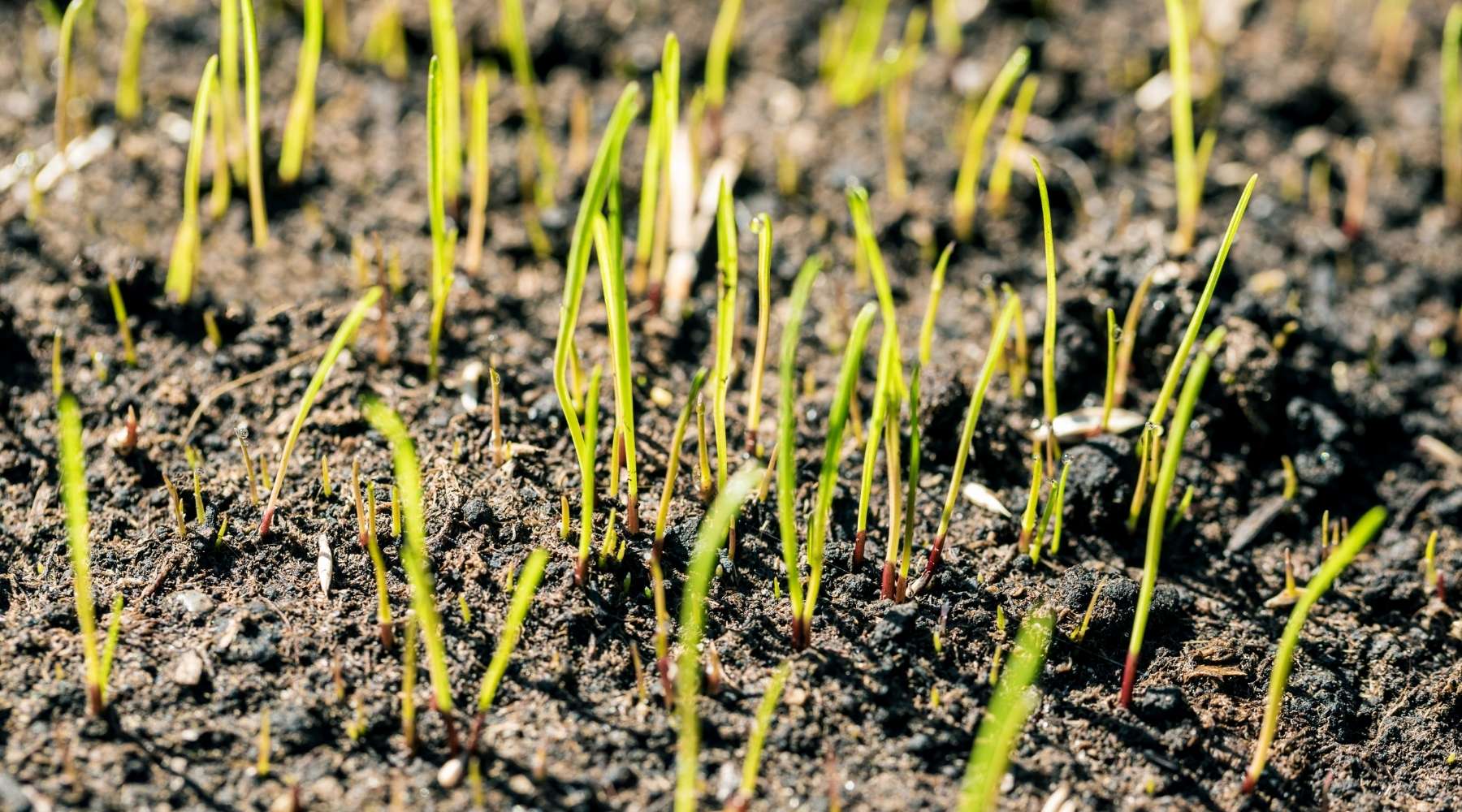
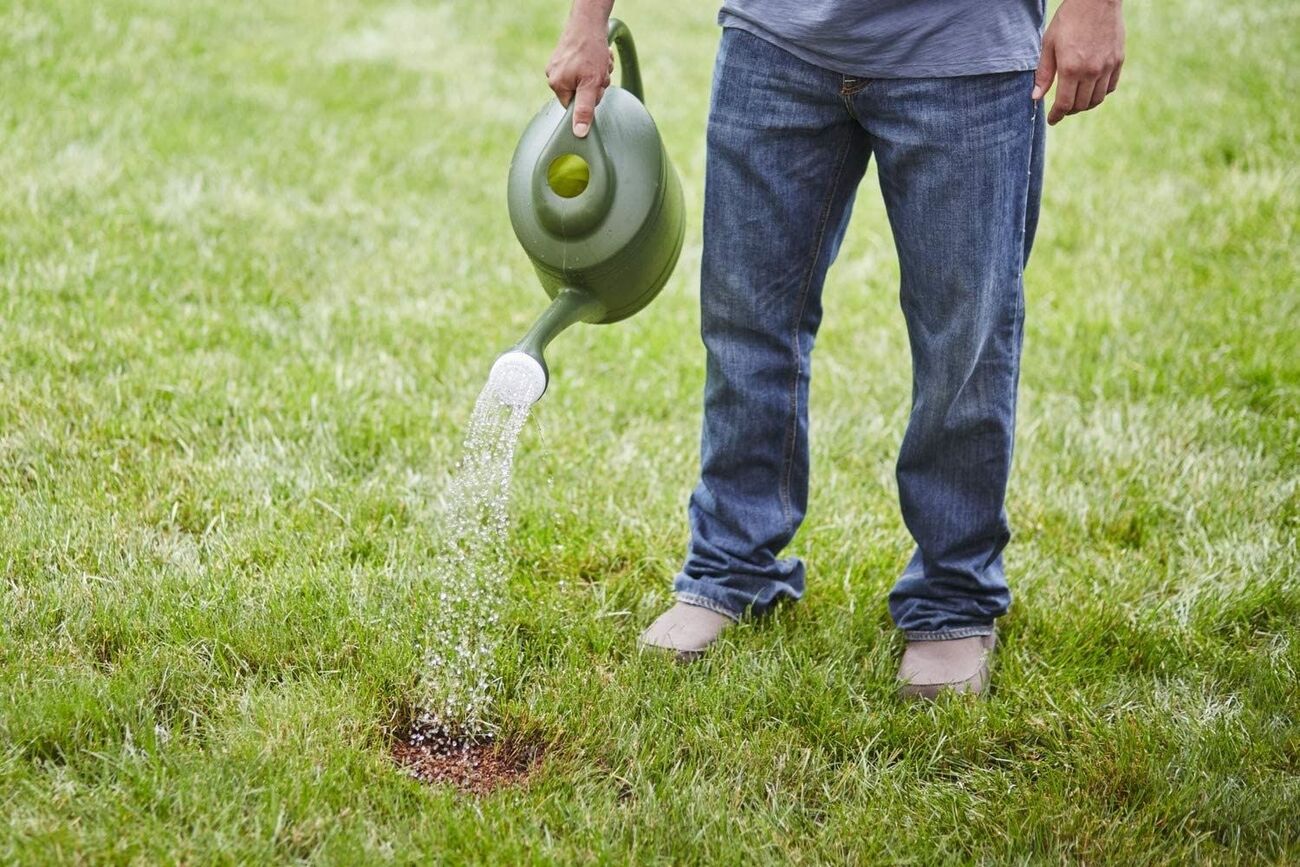
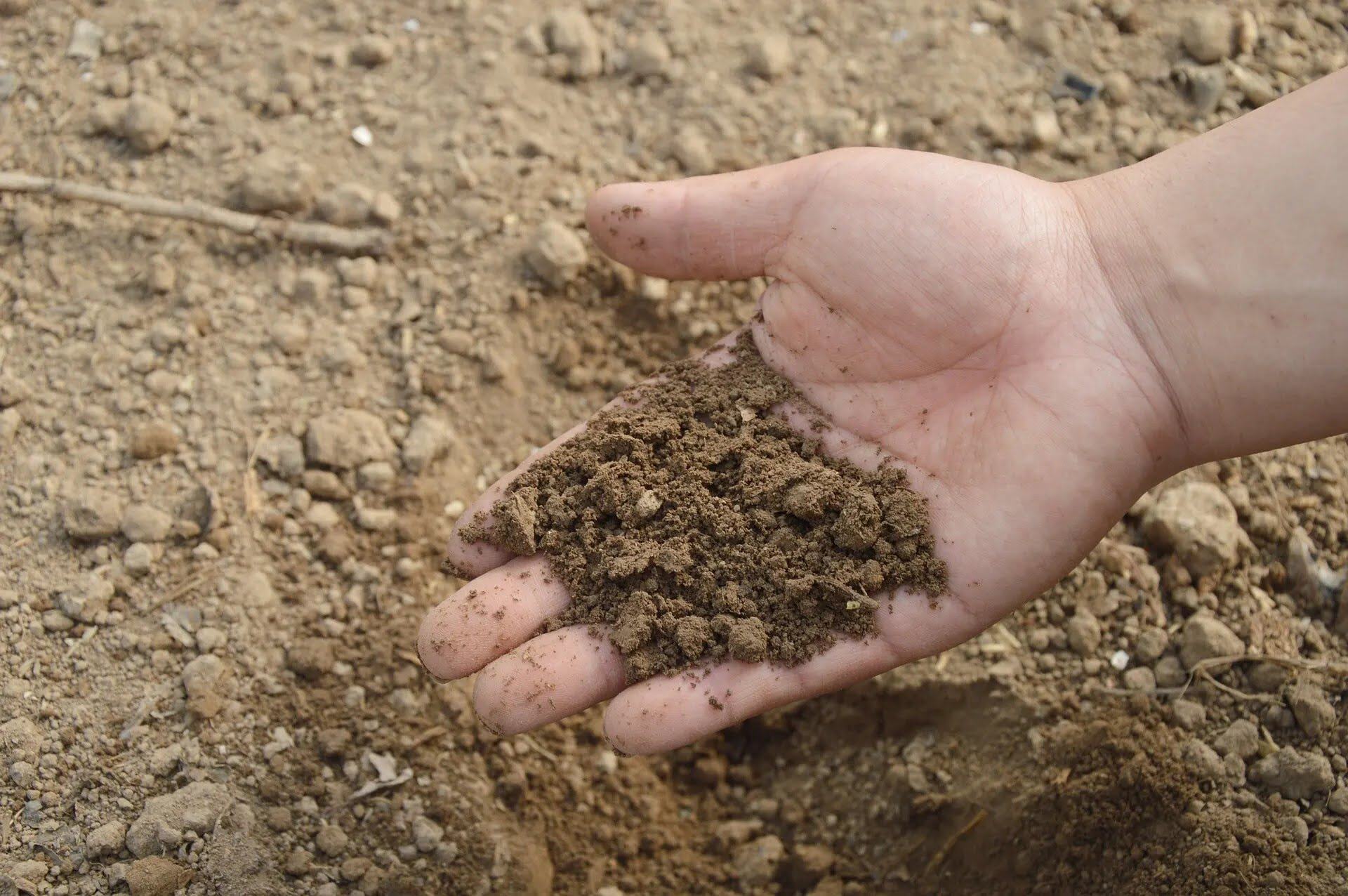


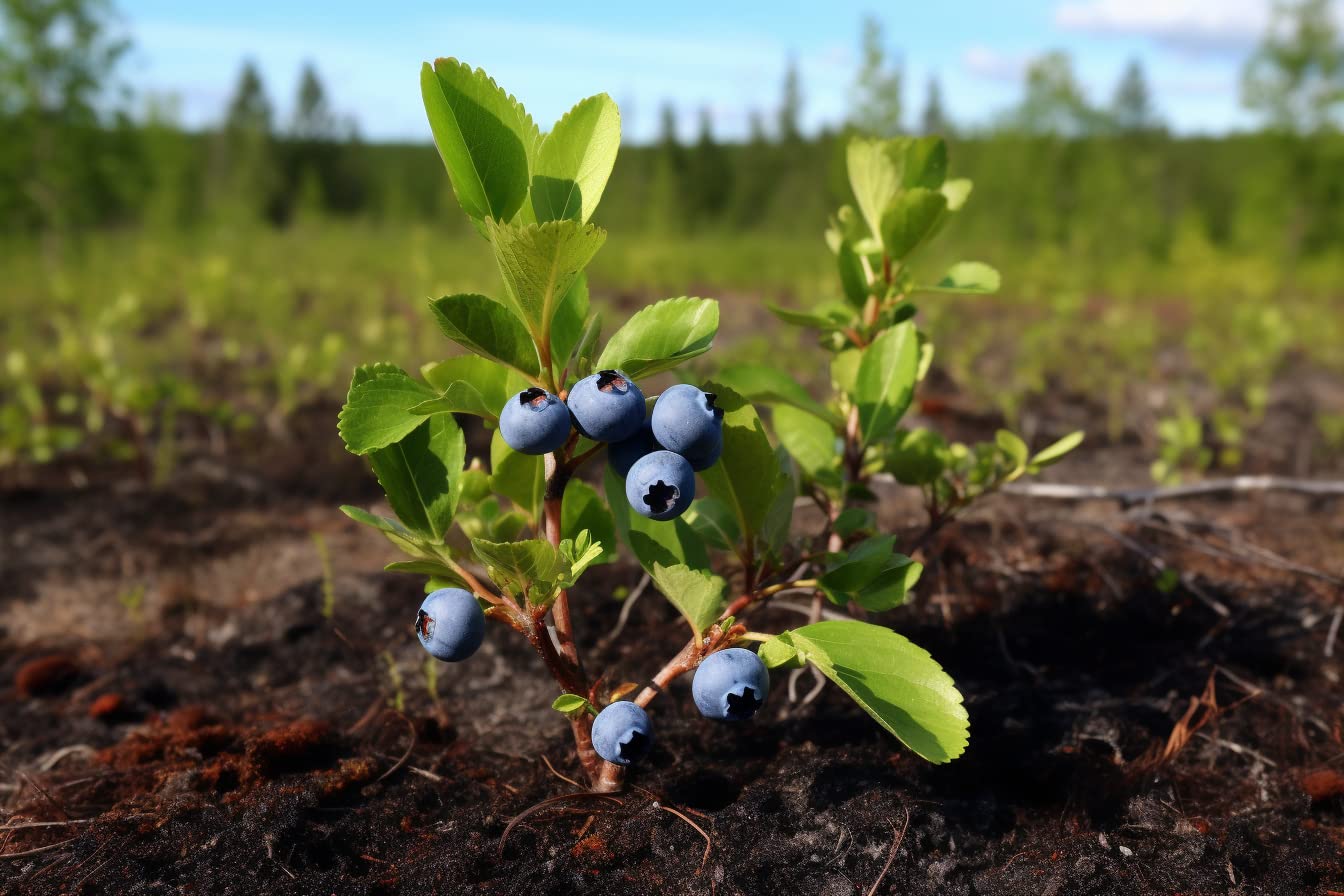
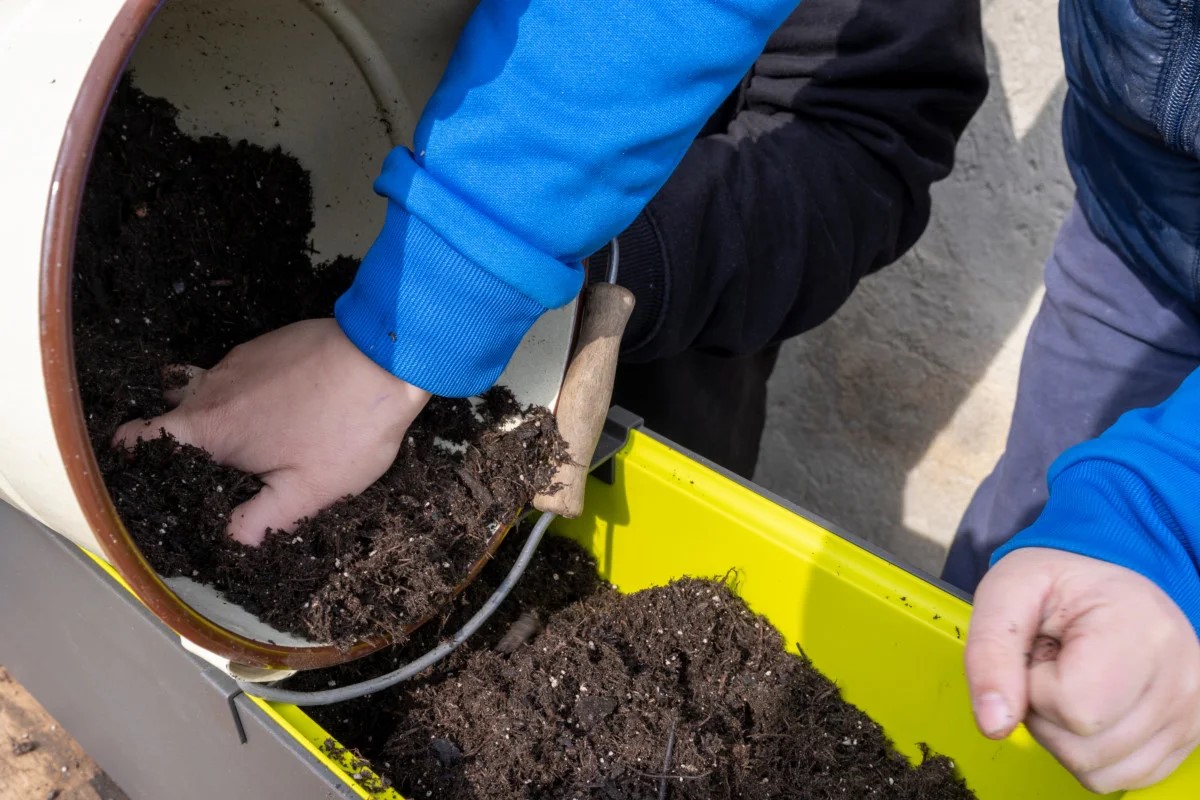
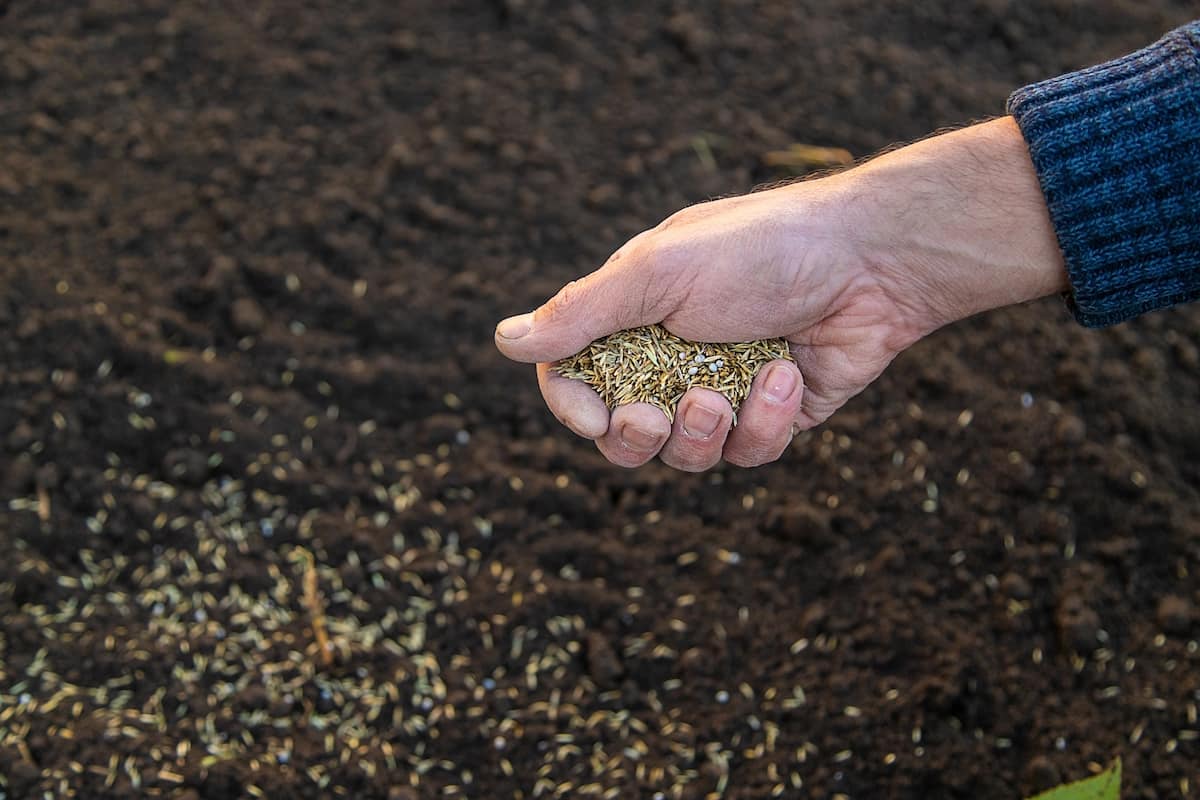
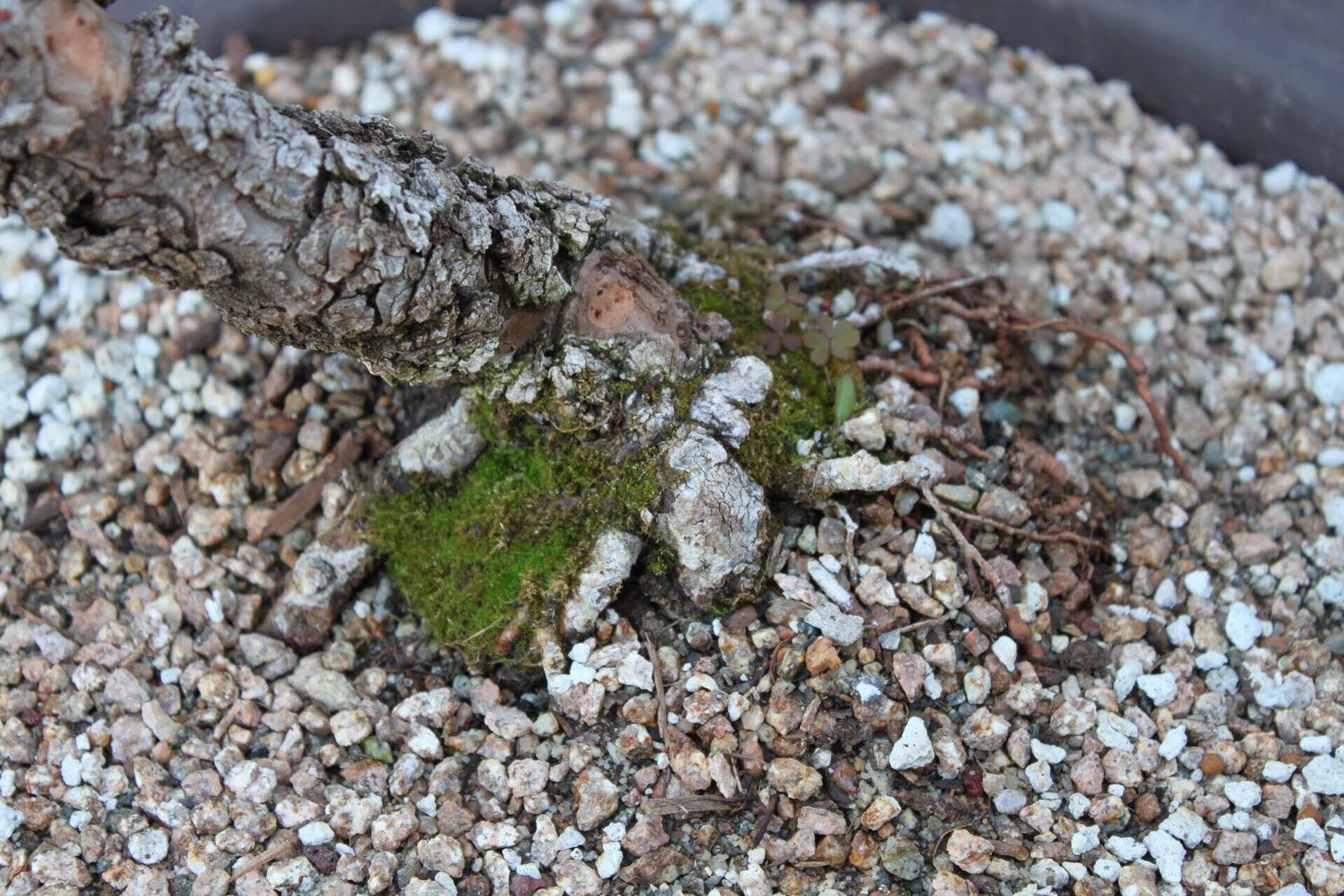
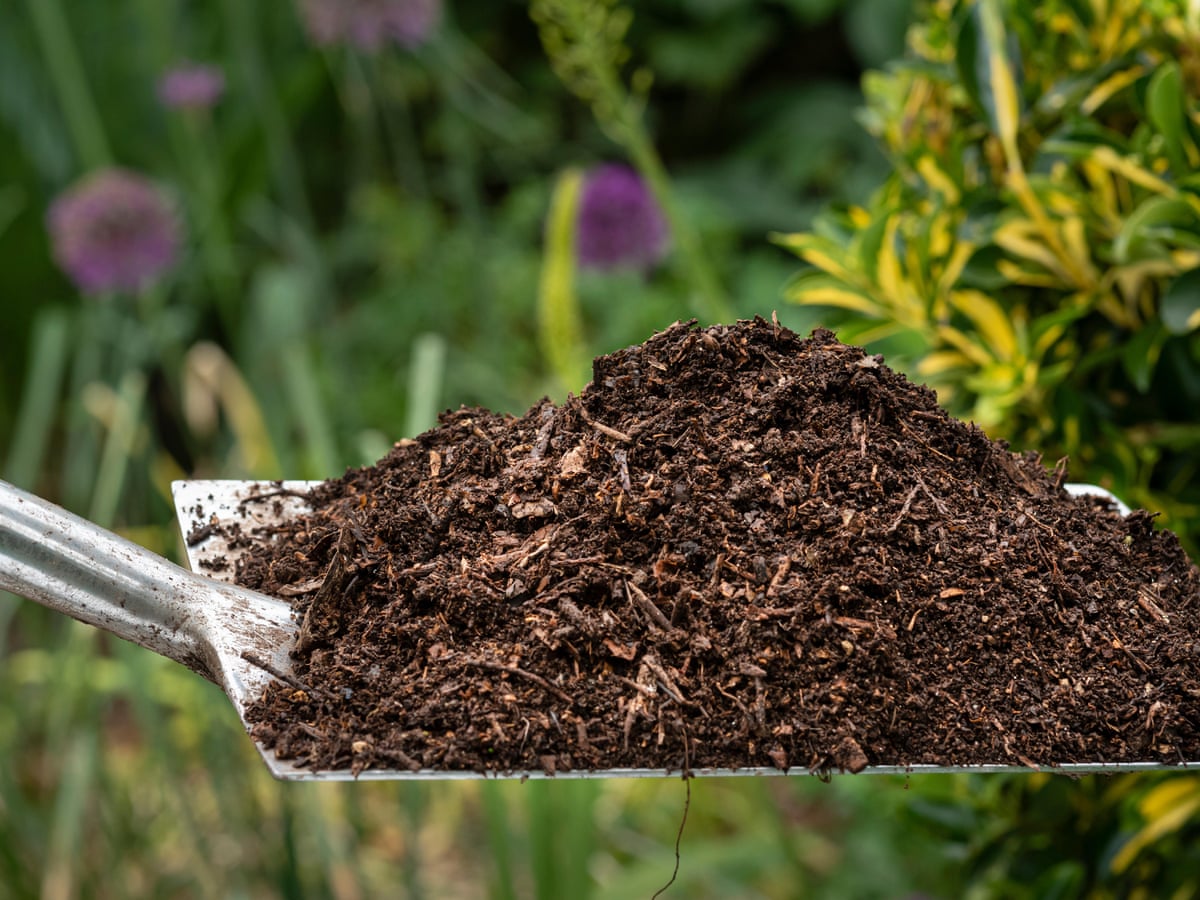
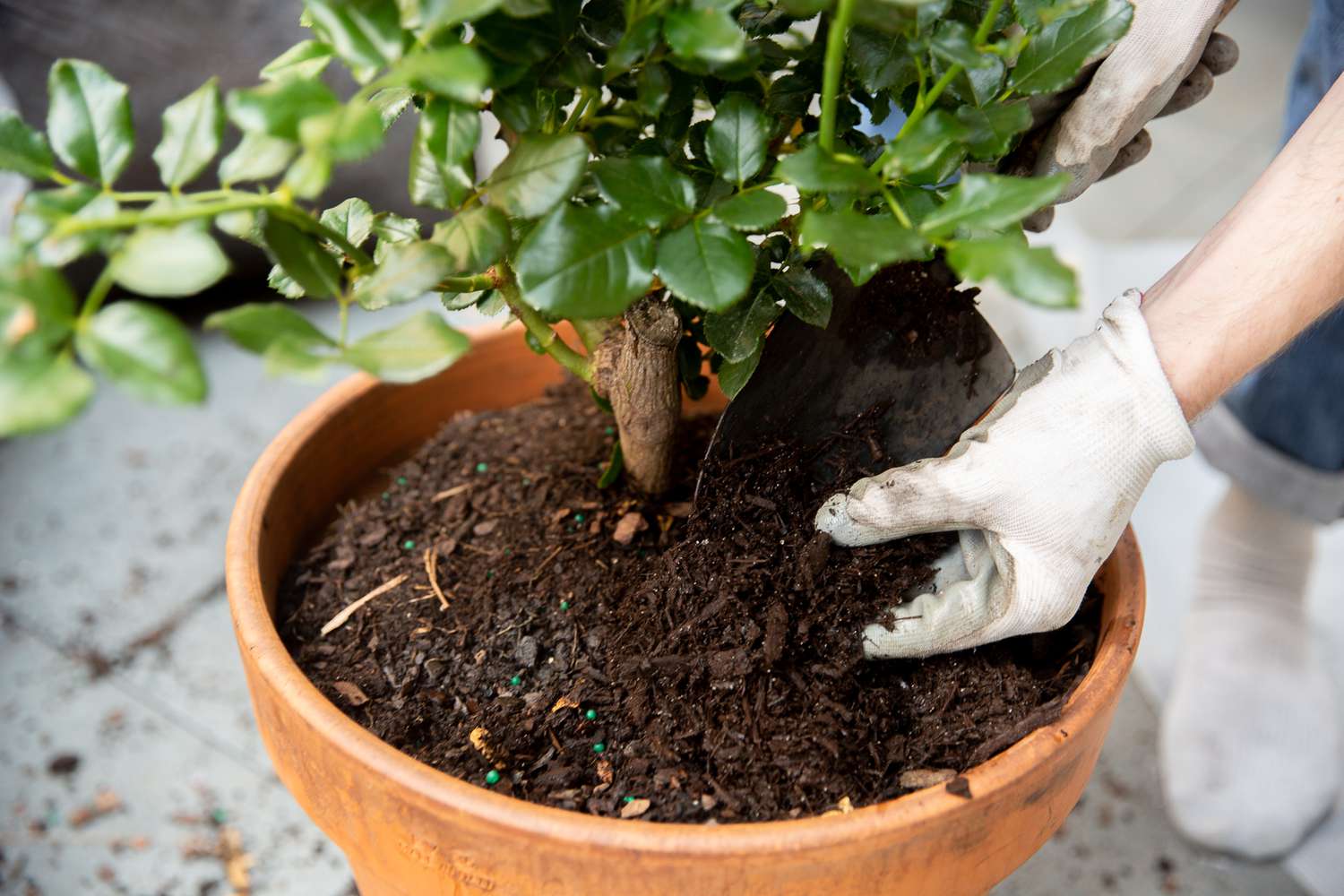


0 thoughts on “What Is The Best Grass Seed For Sandy Soil”